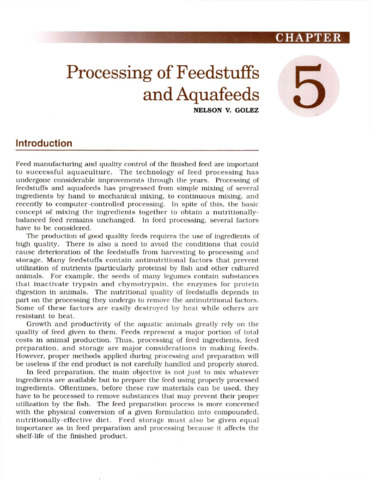Skip feeding as an alternative strategy in the production of Nile tilapia Oreochromis niloticus (Linn.) in cages in selected lakes in the Philippines
| dc.contributor.author | Cuvin-Aralar, Maria Lourdes | |
| dc.contributor.author | Gibbs, Philip | |
| dc.contributor.author | Palma, Adelaida | |
| dc.contributor.author | Andayog, Aida | |
| dc.contributor.author | Noblefranca, Lydia | |
| dc.date.accessioned | 2013-02-13T11:03:54Z | |
| dc.date.available | 2013-02-13T11:03:54Z | |
| dc.date.issued | 2012-12 | |
| dc.identifier.citation | Cuvin-Aralar, M. L., Gibbs, P., Palma, A., Andayog, A., & Noblefranca, L. (2012). Skip feeding as an alternative strategy in the production of Nile tilapia Oreochromis niloticus (Linn.) in cages in selected lakes in the Philippines. Philippine Agricultural Scientist, 95(4), 378–385. | en |
| dc.identifier.issn | 0031-7454 | |
| dc.identifier.uri | http://hdl.handle.net/10862/1424 | |
| dc.description.abstract | Many inland water bodies in the Philippines are currently used for fish cage culture. Inappropriate practices including feed management in aquaculture results not only in the degradation of water quality but also in economic losses for the fish farmers. The effect of two feeding management schemes on the production of cage-cultured Nile tilapia Oreochromis niloticus (Linn.) in Lakes Bato and Buhi in Camarines Sur Province and Laguna de Bay in Rizal Province were studied. Daily (DAILY) and skip-feeding (SKIP) schemes using the same daily ration based on standing biomass were used. Mean final weight and daily growth rate were 18% higher in DAILY compared with SKIP in Lake Bato. No significant differences in both parameters were observed in tilapia reared in the two feeding treatments in Lakes Buhi and Laguna de Bay. Condition factor, survival and final yield did not show any significant differences in both treatments in all three lakes. Significant differences in feed conversion ratios (FCR) were observed between the two treatments with SKIP having 36% lower feed conversion ratio (FCR) in Lake Bato and 41% lower FCR in Lake Buhi and Laguna de Bay compared with the DAILY treatment. The results suggest that skip feeding is an economically and ecologically viable alternative to the cage culture of Nile tilapia in cages. | en |
| dc.description.sponsorship | Australian Centre for International Agricultural Research (ACIAR) FIS/2003/033 | en |
| dc.language.iso | en | en |
| dc.publisher | College of Agriculture, University of the Philippines Los Baños, | en |
| dc.subject | Feeding management | en |
| dc.subject | Nile tilapia | en |
| dc.subject | Skip feeding | en |
| dc.title | Skip feeding as an alternative strategy in the production of Nile tilapia Oreochromis niloticus (Linn.) in cages in selected lakes in the Philippines | en |
| dc.type | Article | en |
| dc.citation.volume | 95 | |
| dc.citation.issue | 4 | |
| dc.citation.spage | 378 | |
| dc.citation.epage | 385 | |
| dc.citation.journalTitle | Philippine Agricultural Scientist | en |
| seafdecaqd.databank.controlnumber | 2012- | |
| dc.subject.asfa | cage culture | en |
| dc.subject.asfa | feeding experiments | en |
| dc.subject.asfa | sustainable aquaculture | en |
Files in this item
| Files | Size | Format | View |
|---|---|---|---|
|
There are no files associated with this item. |
|||
This item appears in the following Collection(s)
-
Journal Articles [1258]
These papers were contributed by Department staff to various national and international journals.



